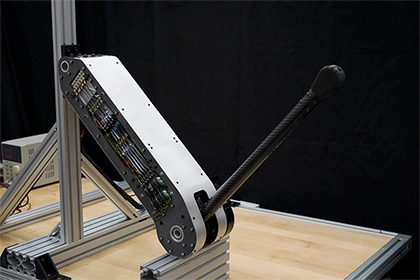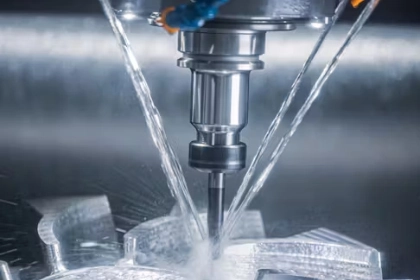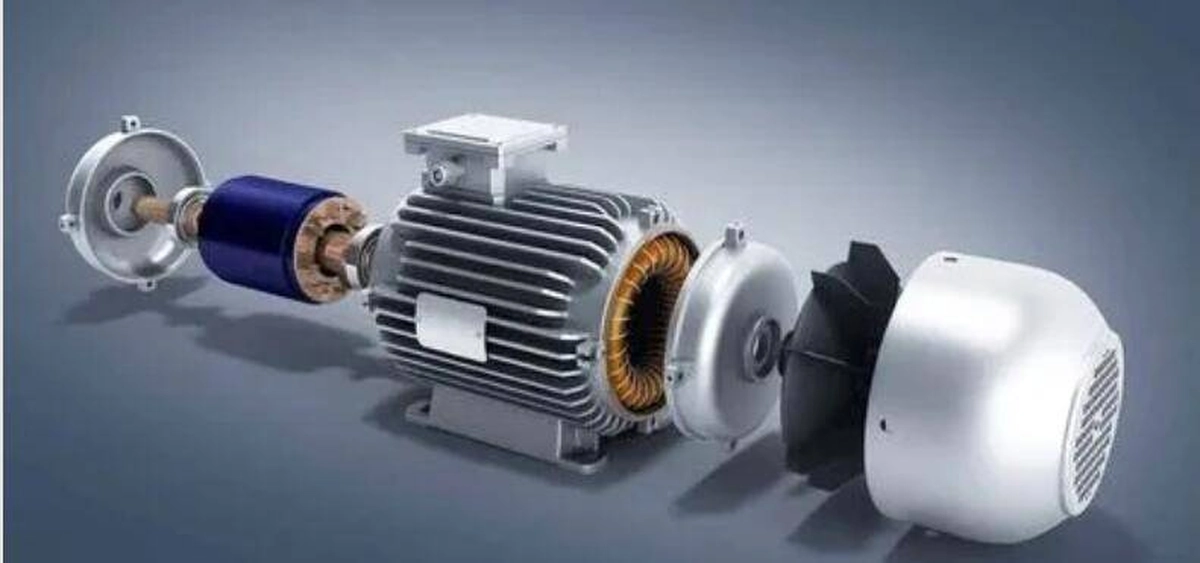- +86 19149417743
- Zhengzhou, Henan Province, China
- Mon-fri: 8am - 7pm
Get a quote

The brushless DC motor is composed of a motor body and a driver, which is a typical mechatronics product. Since the brushless DC motor is operated in an automatic control mode, it will not add a starting winding on the rotor like the synchronous motor that starts under heavy load under frequency conversion speed regulation, and will not produce oscillation and out-of-step when the load suddenly changes. The permanent magnets of small and medium-capacity brushless DC motors are now mostly made of rare earth NdFeB (Nd-Fe-B) materials with high magnetic energy levels. Therefore, the volume of rare earth permanent magnet brushless motor is one frame size smaller than that of three-phase asynchronous motor of the same capacity.
The brushless motor is a high-efficiency, low-noise, and stable motor. Unlike conventional brushed motors, brushless motors do not have carbon brushes on the rotor, so they do not need lubrication and are more stable in operation. Because of these advantages, brushless motors are widely used in various fields, such as automotive, industrial, medical, home appliances, etc.
However, brushless motors require special drives to turn. This is because the control signal of the brushless motor is a pulse-width modulation (PWM) signal, and the motor driver adjusts the speed and steering of the motor according to this signal. Without a motor drive, the control signal cannot be communicated to the motor and the motor cannot function properly. Therefore, brushless motors must be driven in order to turn.
Specifically, there are several ways to connect the brushless motor and the driver:
Three-wire connection is the most common type of connection. This connection requires three cables, i.e. the three output lines of the motor are connected to the three output lines of the drive. This connection is suitable for situations where steering needs to be determined, such as fans, water pumps, etc.
The two-wire connection requires a capacitor in one coil of the motor, which is then connected to the two output wires of the driver. This connection is suitable for situations where the orientation of the motor needs to be changed periodically, such as power tools.
A four-wire connection is a variant of a three-wire connection that requires an external controller to control the steering of the motor. This connection is suitable for situations that require customized motor steering, such as robots, electric vehicles, etc.
In addition to the connection, it is also very important to choose the appropriate motor drive. In general, the choice of motor driver is determined according to the model, voltage, power and load characteristics of the motor. If the drive is not selected well, it will reduce the efficiency and life of the motor, and may even lead to motor damage.
It is important to note that while a brushless motor must be driven to turn, a driver is not required for every brushless motor. Some small motors, such as mobile phone vibration motors, can be rotated by internal drive circuits without the need for an external driver.
In summary, a brushless motor must be driven to rotate, and the driver receives a control signal to control the speed and direction of the motor, while ensuring the efficiency and life of the motor. When purchasing a driver, it is necessary to pay attention to the model, voltage, power and load characteristics of the motor to ensure that the motor works properly.
 2024-08-30 16:01:40
Engineering
2024-08-30 16:01:40
Engineering
 2024-07-26 14:09:13
Engineering
2024-07-26 14:09:13
Engineering
 2024-07-18 09:42:00
Engineering
2024-07-18 09:42:00
Engineering